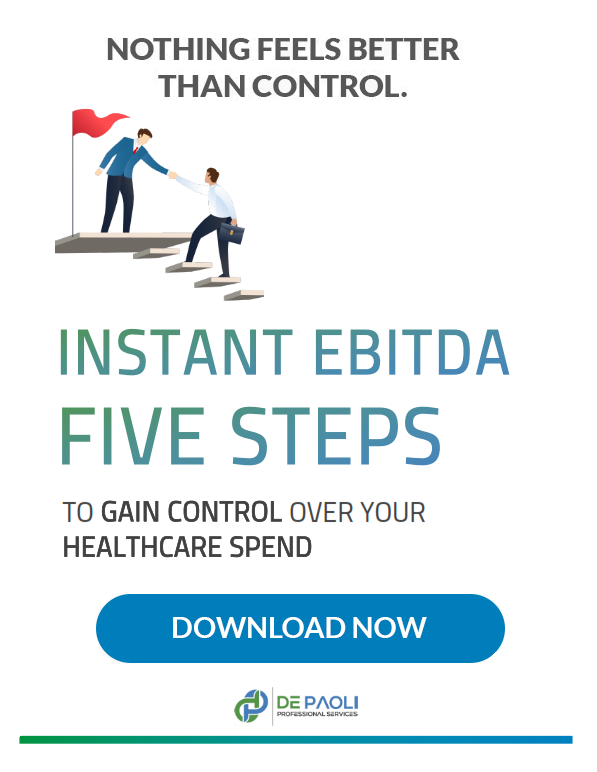Cost Savings and Financial Control in Self-Funded Health Plans
Rising healthcare costs push many mid-sized companies to look for better ways to manage their employee benefits. Traditional insurance plans often feel straightforward, but they are also expensive. One big reason for this is the built-in profit margins, state taxes, and administrative fees that come bundled with fully insured plans. In contrast, self-funded plans let companies skip many of these extra charges, and often dodge state premium taxes, which alone can save a business thousands each year. These savings can then be redirected to other needs, such as increasing employee benefits or supporting business growth.
Cash flow is another key difference between self-funded and traditional plans. When a company chooses self-funding, it only pays for the healthcare services employees actually use, rather than prepaying large sums regardless of claims. If usage is lower than expected, those savings stay within the company, rather than being kept by the insurer. This “pay as you go” model gives businesses more financial flexibility and helps match healthcare spending more closely to real needs.
Many business leaders worry that self-funded plans might expose their organization to massive losses from unexpected claims. This is where stop-loss insurance becomes important. These policies help protect companies from very high claims by capping financial exposure, so businesses can feel secure without giving up the financial benefits. With these safeguards, the myth that self-funding is too risky for mid-sized companies doesn’t hold up.
Flexibility and Better Use of Data
One of the biggest frustrations with traditional insurance is the lack of choice. Plans tend to be one-size-fits-all, with very little room to make adjustments. Self-funded plans, however, allow companies to design benefits that truly fit their workforce. For example, a business can put more emphasis on mental health, include wellness programs, or adjust coverage levels to better match what their team actually needs. This customization helps attract and keep great employees, especially as benefits become a bigger factor in where people choose to work.
Self-funding also gives companies access to detailed claims data. This information shines light on how employees are actually using their benefits, making it easier to spot trends and take action. Say claims for a certain condition are growing—companies can address this directly, perhaps by introducing health resources or preventive care. Over time, using this data leads to healthier employees and better cost control, turning benefits from a cost center into a valuable business asset.
Technology makes self-funding practical for mid-sized organizations, not just large corporations. Tools such as data analytics, improved network management, and third-party administrators make setup and ongoing management easier than ever. These resources help smaller companies manage risk and handle the details, dispelling the idea that self-funding is too complex or only suitable for the very large.
Getting Started and Planning for Success
Switching to a self-funded health plan requires a solid strategy. Before making the move, companies should think through their needs, workforce size, and financial situation. It helps to work with experienced third-party administrators, who can take on much of the paperwork, keep claims managed efficiently, and support compliance with regulations. For companies with limited HR staff or time, these partnerships are often essential.
Clear communication with employees is also important. Because self-funded plans are different from traditional insurance, employees need to understand how the new plan works and how they can get the most out of it. Investing in wellness programs and sharing tips about smart healthcare choices encourages employees to take an active role in their own health, which can reduce unnecessary claims and promote a healthier workplace overall.
Self-funded health plans give mid-sized companies more control, more flexibility, and a stronger handle on costs. Old stories about self-funding being too risky or too hard to manage are becoming less relevant thanks to new tools and services. For companies looking for a smarter way to deliver meaningful benefits and control expenses, self-funding is a strategy worth serious consideration as they plan for the future.
Ready to make your benefits work smarter for your business?
At Altiqe, we partner with business leaders to align healthcare benefits with your company’s goals—without compromise or conflicting interests. Empower your team, control your costs, and get the clarity you deserve.




